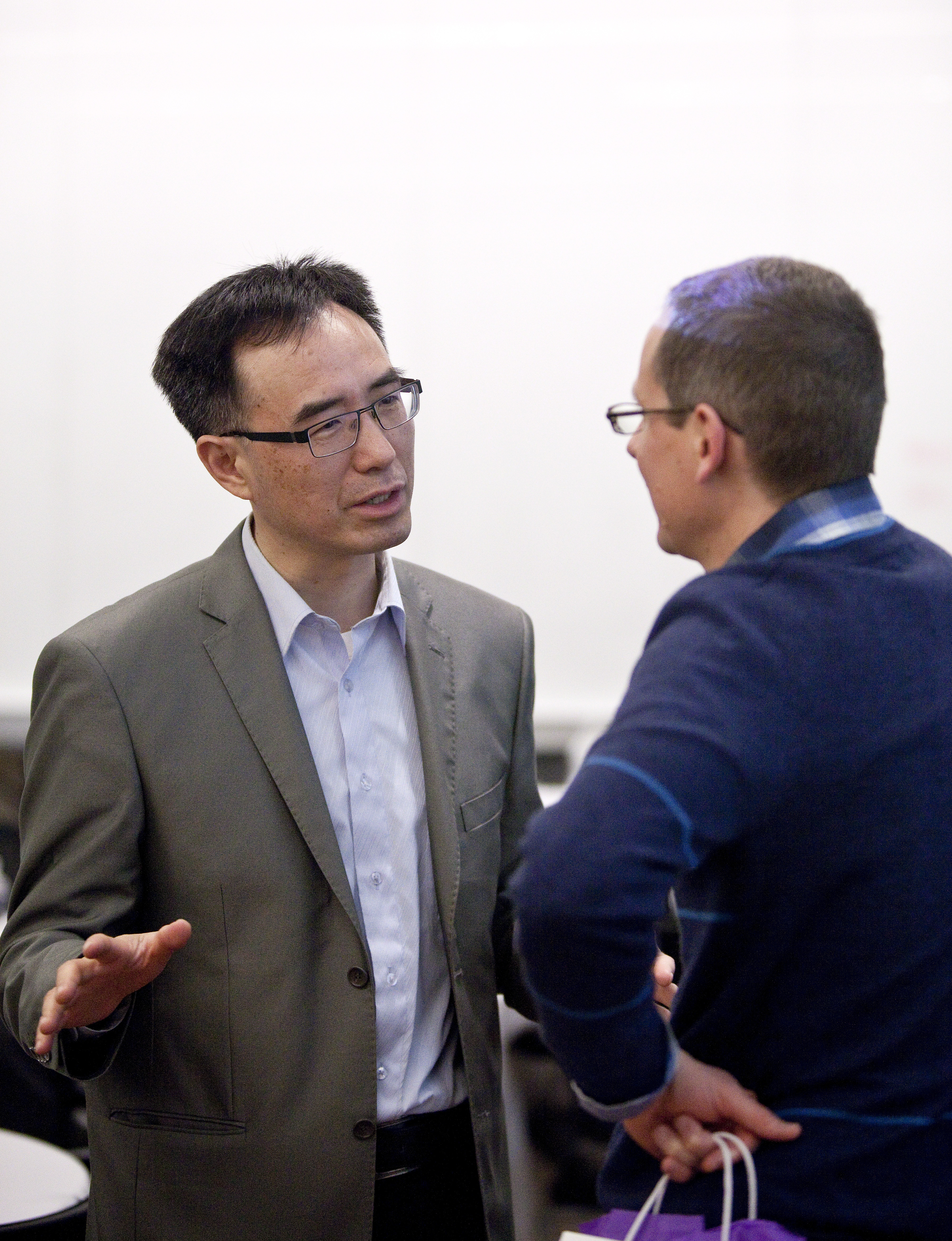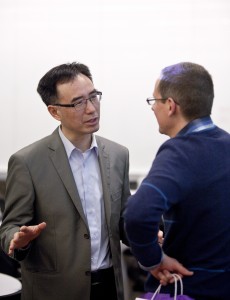Tech and nature relation examined


On Monday night, Wilfrid Laurier University hosted “Every citizen an environmental scientists: How Canadian families can protect nature by using their smartphones — and have been doing it” at the Basillie School of International Affairs in Waterloo. The function was part of the Social Science and Humanities Research Council of Canada’s (SSHRC) series of regional events addressing a challenge set out in 2011 called “Imagining Canada’s Future.”
The event centered around the promotion of an initiative called NatureWatch 2.0.
Robert McLeman is an associate professor of geography and environmental studies at Laurier and one of the leaders behind NatureWatch 2.0. With the help of another professor from the University of Ottawa, they are overseeing the development of the program.
“Once we took over the project, we built a team around us to say, ‘let’s go gets some federal research money to make it what it is supposed to be,’ which is a research enterprise. SSHRC came forth with funding for us to do just that.”
The event also looked at how technology, specifically smartphones and social media, are being used to allow Canadians to contribute to solutions posed by the “Imagining Canada’s Future” challenge.
“Right now you see a frog, for example, and then you go home and put the necessary information into the website. But between the time you see the frog and get home, you never visit the website and the data is lost. Whereas this way, you have your phone on you, the app can identify for you what frog you might be looking at and it records it in a database,” said McLeman.
The success of projects like this, McLeman believes, comes from the core of what citizen science aims to do.
“The reality is this: the traditional model of scientific research is scientists conducted controlled experiments,” he said. “That model is dated and doesn’t take advantage of technology. Everybody has smartphones and they are very powerful personal computers. If you have 30 million smartphone users observing stuff in nature, even getting one per cent of those people to record what they see on a daily basis, that is more data any number of professional scientists could on their own record.”
McLeman has students from a variety of disciplines working with him on the project. He feels its good for a variety of reasons.
“It helps us do our jobs, but it also gives students a chance to practice science even if in first or second-year. It gives them a taste for what it is like to work in the field.”
Abby Goodrum, vice president of research at Laurier and one of the organizers from Monday night, believes that NatureWatch 2.0 is representative of how research is conducted at Laurier.
“Looking at Laurier researchers, because of our history and size, we are always going to involve students at the graduate and undergraduate level. That is who we are, and not necessarily who other universities are. It is interdisciplinary and a collaboration with industry, community, education and NGOs,” said Goodrum.
McLeman attributes the successes of the program so far to the student contributions.
“One of the good things about Laurier is it has a lot of spirit. So if you tell the student body you need help, people volunteer and get involved. It has worked tremendously well in getting NatureWatch 2.0 off the ground and into the hands of Canadians.”


